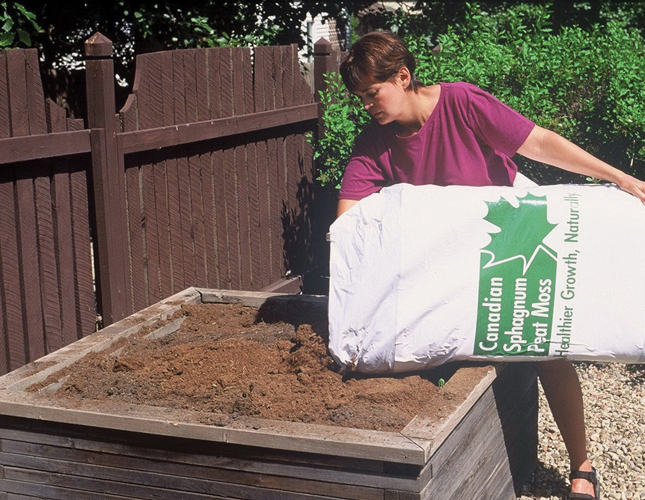Raise Your Harvests With Raised Bed Gardens

|
Lift up your garden yields, your flower views and your gardening skills by adding raised beds to your landscape this spring.
The soil in raised beds drains better, warms up sooner in the spring and cools down later in the winter. By designing raised beds less than four feet wide, the gardener won't have to step into the planting bed and risk compaction of the soil.
Raised beds can also be used to add curb appeal to front yard designs. From free form planting berms that solve drainage problems to more formal designs edged with bricks, raising the bed can raise the value of your real estate.
Getting to the root of success with raised beds is all about the soil. Organic matter such as compost and peat moss is the great equalizer that will improve all soil types from sticky clay to loose sand. Start by plotting out the shape and size of a raised bed then add the organic matter to mix into the original soil, adding instant height to the soil level.
The trick is getting enough soil and organic matter to fill up the space. Compost and Canadian sphagnum peat moss are both ideal soil amendments to mix with your existing soil and raise the level. Just spread 2 to 4 inches of Canadian sphagnum peat moss with or without compost onto the site of the raised bed. Dig it in to the top 8 to 10 inches, and your bed will be raised and ready to plant.
Peat moss has the ability to absorb and hold water like a sponge. It also aerates the soil and helps support the beneficial micro-organisms that make organic gardens so healthy and productive.
Brick, stone and landscape timbers are the most common materials for edging and containing soil that is 6 to 24 inches above ground level. Designs can even incorporate a ledge wide enough for the gardener to sit upon when weeding or planting.
Beds raised less than six inches may not even need a border or edging but will still reap all the raised bed advantages.
So raise your beds, improve your soil and enjoy your garden more this summer. A more productive garden is within your reach -- and just a few inches from ground level.
To order free brochures on "How to ... with peat moss" and other gardening tips, send a self-addressed, unstamped, business-sized envelope to: Peat Moss, Box 385102, Minneapolis, MN, 55438; e-mail cspma@peatmoss.com; or visit www.peatmoss.com.
The Canadian peat industry is committed to making peat moss a sustainable resource. Only one acre in every 6,000 is harvested and when harvesting stops, the bogs are restored to functioning peatlands. For more information on peat and the environment, visit the Canadian Sphagnum Peat Moss Association's Web site at www.peatmoss.com.






